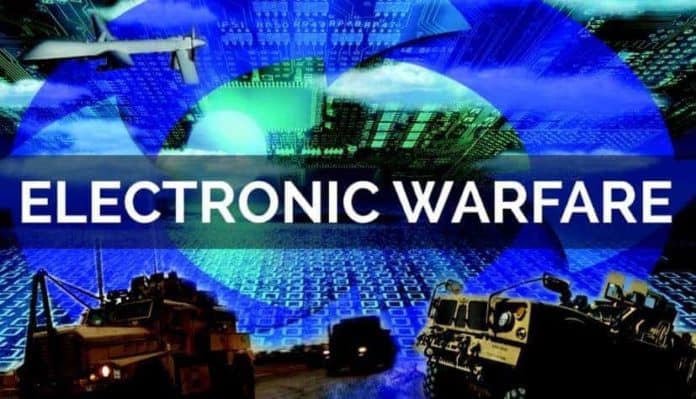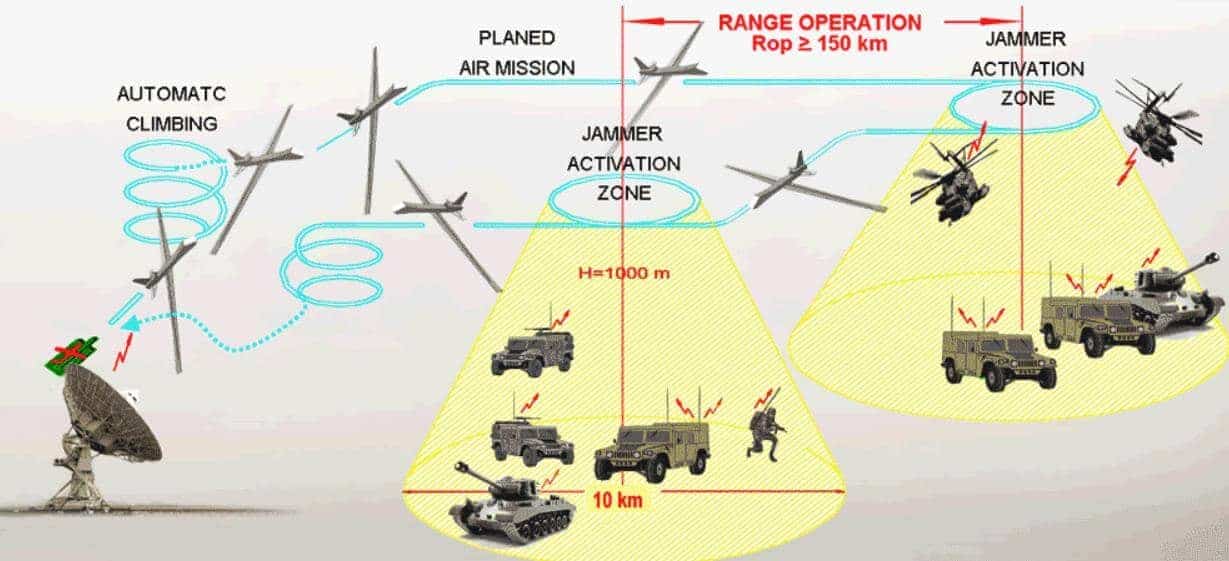Electro Warfare, What Turkey Has to do? Electronic warfare is mostly about focused energy usually antennas, radio waves or laser light; to confuse or disable – block an enemy’s electronics. It can also provides intelligence information and collecting their radio signals-plans to prevent or block a threat. It is very important for national defense-security systems to collect information about enemy, catching the signals and take precautions before a threat.
Turkey’s strategic level or strategy for national defense systems must be about threats in the sky and the sea for national security. To determine these threats and electronic warfare we have to use antennas, RADAR waves and direction finding methods. I want to give you some basic information about how we can use these systems below:
One of the most important parameters of pulse identification descriptor used in the separation of threat signs in electronic support and electronic intelligence (ELINT) systems is threat direction information. We are using direction – finding methods for notify all of these informations about the threat locations, seperating multi-signals by their arrival angels and attribution of publishing sources.
Direction Finding Techniques
Amplitude and phase comparison methods are 2 of more practical direction finding techniques which generally used in electronic support and electronic intelligence systems. By using amplitude and phase comparison methods together, the direction finding accuracy increases and at the same time and the uncertainties in the phase comparison method can be eliminated by using amplitude comparison. The most effective points for direction finding are ; number of antennas , their locations , the distances between antennas and SNR values. (Signal to Noise Ratio)
How it works?
The basic methods used for single pulse guidance are the Amplitude Comparison (GK in Turkish), Phase Comparison (FK in Turkish) and Time Tracking (TDOA) methods.
I will give you some practical information about GK and FK methods below :
1- Amplitude Comparison :
By using four or more antennas in the GK method, the direction is determined by proportioning the amplitudes of the received signals which affected by the antenna radiation pattern. GK navigation systems typically works on multiple bands, covering 360 ° by using 4 or 6 antennas. There are 2 important points:
- Working on wide angels ,
- Antenna pattern is affected by frequency.
2- Phase Comparison:
Antennas which are located from different points, a measurable phase difference (ψ) will be formed between them because the arrival time will be different depending on the wavelength. (λ) The distance between the antennas for estimation without uncertainty of arrival direction from the phase difference measurement should be as short as half or less of the smallest wavelength of the operating frequency range. For an example of this situation if the system works between 8-12 GHz, the distance between that antennas must be around 1.25 cm.
But the life is not only the theory… It is impossible that locating antennas with 1.25 cm distances. If you locate antennas more than 1.25 cm, you will face with direction uncertainties. But you can overcome with this problem by using more antennas. You can measure the appopriate values and how many antennas you should use for certain results by using MATLAB and you can do practical exercies on it.
GK – FK Comprasion:
The Phase Comparison method can provide more accurate direction finding and higher accuracy than the Amplitude Comparison method but, the receiving system is more expensive and complicated than it. If we don’t need high precision , we can use Amplitude Comparison because of low costs and system complexity.
In summary, i gave you some basic information about direction finding methods; as i said these are so important for our national security, especially Electronic Warfare. In Turkey , especially electrical-electronics engineers must be work on these topics. In the coming years everybody will be find out that we need electronic warfare methods. These are lower branches of electromagnetics, therefore if you want to work on electronic warfare and direction finding techniques, you need to know about electromagnetics. I guess in the future the most popular engineers, will be engineers who works about electronic warfare systems.



